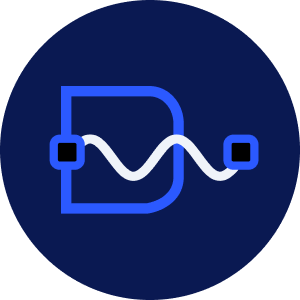Orca AI Model
In collaboration with OpenAI, Microsoft Research has unveiled its Orca AI model, an innovative artificial intelligence model aimed at bridging the gaps inherent in less expansive models. This overview offers a concise breakdown of its core features, applications, and potential impact on the industry.
Technical Details
- Size and Scope With 13 billion parameters, Orca may not match GPT-4's 1 trillion, but its performance metrics are impressive. It rivals established models like Vicuna-13B, especially in benchmarks such as Big-Bench Hard (BBH) and AGIEval.
- Learning Dynamics Unlike GPT-4, which operates autonomously, Orca meticulously emulates GPT-4's reasoning, leveraging its detailed explanatory traces and cognitive processes.
- Accessibility Orca's defining feature is its open-source nature, inviting developers and researchers worldwide to explore and innovate.
- Operational Efficiency Orca is built for agility. It can function on a single GPU or CPU, distinguishing it from models that demand extensive GPU or TPU clusters.
Capabilities
Orca AI model is designed with a range of linguistic capabilities, including:
- Natural language understanding and generation Orca can comprehend and produce human-like text.
- Prompt responses to queries It can provide immediate and relevant answers to user questions.
- Linguistic translation Orca is capable of translating text across different languages.
- Content summarization It can condense lengthy articles or documents into concise summaries.
- Code formulation Orca can generate code based on user requirements.
Use Cases
The versatility of the Orca AI model allows it to be applied in various scenarios, such as:
- Natural language tasks Engaging in conversations, answering questions, and more.
- Code generation Assisting developers in writing and optimizing code.
- Benchmarking Orca has shown standout performances in tests like BBH, AGIEval, SAT, and LSAT, indicating its proficiency in diverse AI challenges.
Limitations
While Orca boasts numerous strengths, it's essential to acknowledge potential areas of improvement or scenarios where it might not perform optimally.
- Knowledge Update Constraints Similar to other pre-trained models, Orca's knowledge is based on its last training data. This means it might not be updated with the most recent information or events, potentially leading to outdated or inaccurate outputs.
- Resource Requirements Even though Orca is engineered for efficiency, the computational resources required for training such models can be significant. This might pose challenges for researchers or organizations with limited computational power.
- Model Bias Like all AI models, Orca might inherit biases present in its training data. This can lead to outputs that reflect these biases, which can be problematic in certain applications.
- Complexity for Average Users While Orca's open-source nature invites developers and researchers to explore its code, its complexity might pose challenges for average users or those unfamiliar with deep learning models.
- Scalability Concerns While Orca is efficient, scaling it for large-scale applications or handling massive user requests simultaneously might pose challenges.
Orca holds a monumental place in the AI domain, offering distinct advantages. It champions open-source accessibility and efficient operation. As the AI field continues to evolve, models like Orca signal a promising future, fostering innovation and adaptability.



